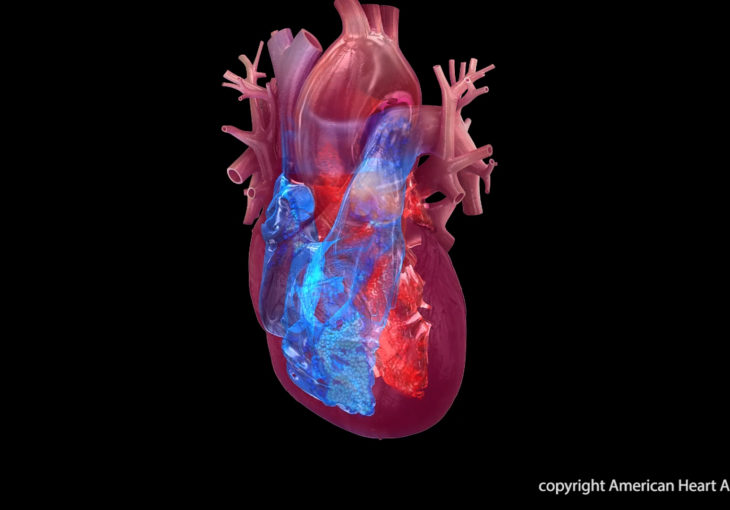A heart transplant is one of modern medicine’s most amazing procedures. A heart transplant gives a patient with congenital heart disease the opportunity to have a normal heart with normal blood circulation. If the transplant goes well, heart function and blood flow will be better than ever. But to get this life-saving surgery, you must first qualify for it.
A heart transplant replaces the patient’s heart with a donor heart. Doctors remove the patient’s heart by transecting the aorta, the main pulmonary artery and the superior and inferior vena cavae, and dividing the left atrium, leaving the back wall of the left atrium with the pulmonary vein openings in place. The surgeon connects the donor heart by sewing together the recipient and donor vena cavae, aorta, pulmonary artery and left atrium. In patients with congenital heart disease, the surgeon may simultaneous transplant the lungs and the heart.
Unfortunately, many patients are turned down for a transplant by hospitals with strict criteria that determine who can and cannot receive a transplant. Sometimes patients are told that they are too old or too sick to be transplanted. Other times it’s something in their medical or personal history that disqualifies them.
AHA is proud to work with Temple University Hospital, whose “one-size-does –not – fit-all” approach to transplantation makes heart transplants more available to all patients who need them, especially those in end-stage heart failure who have no other treatment option. Learn more at:
https://www.templehealth.org/about/blog/heart-transplant-helping-more-patients-qualify
